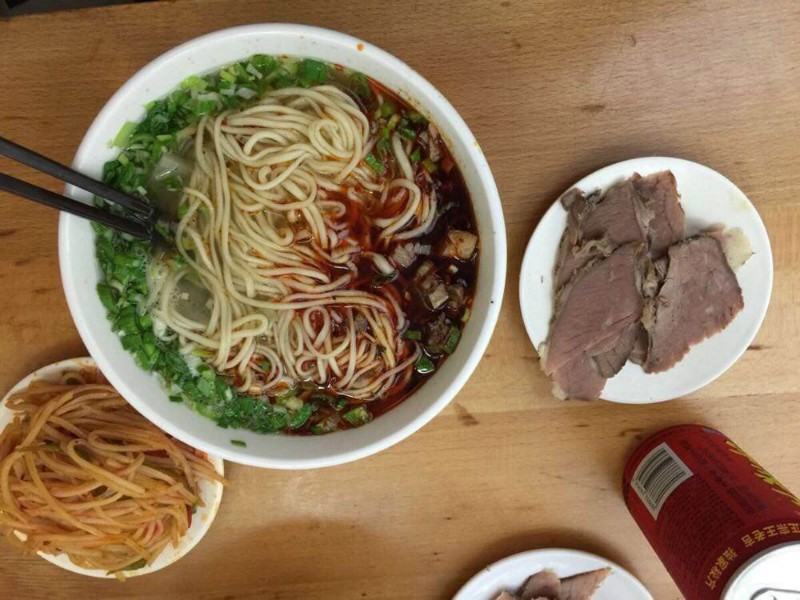In Chinese, halal food is called Qingzhen Cai. It is easy to find in most major cities in China because of the large Muslim population in China.
Muslim restaurants and food stalls can be found in towns and cities due to the large number of Muslim immigrants from western China. Most Muslim restaurants in China are run by immigrants. In addition, some foreign restaurants are offering more and more halal food for both Chinese and foreigners.
Chinese halal food appeared more than 1,000 years ago during the tang dynasty, when Islam was introduced to China.
Arab merchants, travelers and missionaries came to China along the ancient silk road and settled in xi ‘an, kaifeng, guangzhou, quanzhou, yangzhou and hangzhou. These arabs are the ancestors of today’s hui people in China. Chinese halal food developed, creating more dishes during the formation of the hui people in the yuan dynasty.
There are a large number of muslims in China and Muslim restaurants are easy to find in every city. In addition to delicious halal Chinese cuisine, you can also sample Muslim cuisine from around the world — Mediterranean, Turkish, middle eastern and Pakistani/Indian cuisine, each with its own unique style and taste.
Chinese halal food blends middle eastern flavors with traditional Chinese dishes to create its own style. People eat wheat foods and products more often than they eat rice, and all kinds of side dishes and snacks are made from wheat flour. Sweetness is important and may have something to do with the Arab Muslim preference for sweetness. Beef and lamb are also widely consumed.
Uighur cuisine in xinjiang (see urumqi cuisine) is very popular and is served in most Chinese Muslim restaurants. Lamb kebabs are famous, and street vendors can be found everywhere. The unique aroma is like a free advertisement.
Most restaurants have separate prayer rooms, much needed by Muslim guests.
Famous Chinese Halal Dishes
Roasted Whole Lamb (烤全羊)
The dish is prepared with selected ingredients and is cooked using a special cooking technique. When preparing, a mixture of flour and water with yolk, salt, ginger, and pepper powder is applied to shroud the entire carcass. The lamb is then put into a specially made oven and baked for around one hour. It is trimmed with red silk around its neck and served with its mouth stuffed with fresh caraway. When eating, people use a knife to cut the mutton from the lamb.
Lanzhou Hand Pulled Noodles with Beef
This kind of hand-pulled noodle is also known as the “Lanzhou Beef Noodles,” one of the most common dishes in the local area. Visitors can see this dish being served on every corner of the city, and it has become a part of the local people’s life. The noodle is handmade, and it takes a cook only one or two minutes to stretch the flour cake into many needle-like noodles. Today, small restaurants serving Lanzhou Beef Noodles can be found in almost every Chinese city. Most of them are hidden in small alleys or back streets.
Hand-taken Lamb
Hand-taken Lamb has a history of around one thousand years. It is so named because the lamb is eaten with one’s hand.
The lamb is boiled in soup, with ingredients such as pepper, onion, and ginger. It is done when the meat is soft. The lamb can be served hot, cold or fried.

Leave a Reply